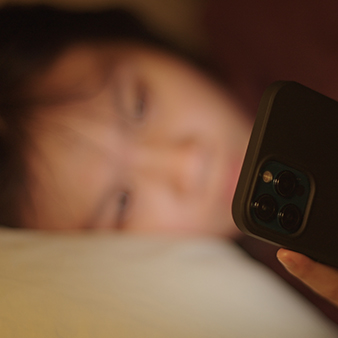
A team including FAU’s Sameer Hinduja analyzed national surveys of U.S. teens to assess the prevalence of digital self-harm, including whether teens had anonymously posted something mean about themselves and if they had anonymously cyberbullied themselves. “Digital self-harm has been linked with major issues such as bullying, depression, eating disorders, physical harm, sleep disturbances and even suicidal tendencies,” says Hinduja.
The team found rates of both types of digital self-harm increased from 2016 to 2021. They also found that students that experienced cyberbullying were more likely to have digitally self-harmed compared to students that had not been cyberbullied, and that female and non-heterosexual youth were more likely to engage in digital self-harm compared to male and heterosexual youth.
View Related Expert Profiles: Go to Source